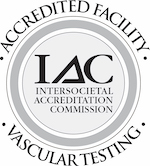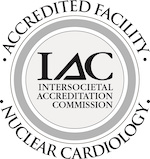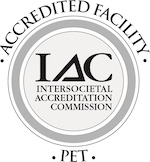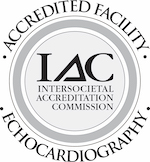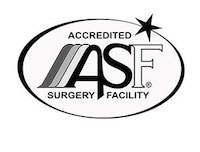Blood Thinners vs LAA Closure vs Catheter Ablation for AFib
Patients experiencing atrial fibrillation or AFib are at a five times higher risk of stroke than those who do not have the condition. As a result, it is critical to get an early diagnosis and follow a comprehensive treatment plan. However, it is also important to understand the various treatment options to make the very best decision for each patient’s circumstance.
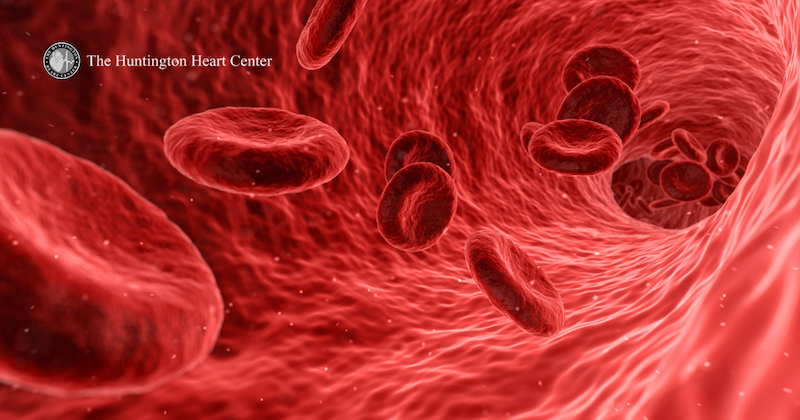
In many cases, when an irregular heartbeat is detected, the patient is asked to improve their diet and exercise regimen. Some cases of AFib are, in fact, caused by excess weight and obesity. However, some may have progressed past the point at which lifestyle change can make a difference and may require medication. The most common medication for atrial fibrillation is known casually as blood thinners. However, these medicines do not actually thin the consistency of the blood, rather they slow the blood clotting process. Therefore, their true name – anticoagulants – are a better descriptor. Anticoagulants reduce the risk that a blood clot develops and/or breaks off in the heart and travels to the brain, where it can cause a stroke.
The Pros and Cons of Medication
As with any therapy, there are definite benefits and risks to medication therapy for AFib and other heart arrhythmias. The greatest benefit is that medication is easy to start and prescribe and can be very effective soon after starting the regimen. However, to the negative, medication can cause significant side effects that many patients find unbearable. Further, medication is not curative, so as soon as the patient stops their pills, their risk of stroke will begin to increase again. For some, medication will manage their risk of stroke very well. However, there are options for those who cannot tolerate medication.
LAA Closure to Reduce Stroke Risk
The biggest risk of stroke associated with AFib comes from the left atrial appendage or LAA. This is an outpouching in the heart very similar to how the appendix is attached to the colon. We don’t fully understand the usefulness of the LAA, however in middle age and older adults, the LAA does not seem to play a pivotal role in normal heart function. To reduce the risk of stroke, therefore, procedures have been created to seal off the LAA and any blood clots contained therein. The LAA can alternately be sutured closed in a procedure known as the Lariat or a device can be implanted to seal off the LAA – this is known as the Watchmen FLX. Both of these procedures significantly reduce the risk of stroke and eliminate the side effects associated with medication therapy. However, as with all procedures, there are some risks, which will be discussed during consultation.
Beyond the risks of the procedure, left atrial appendage closure does not address the irregular heartbeat itself. As a result, even with the closure of the LAA, patient will continue to experience episodes of AFIB.
Cardiac Catheter Ablation for AFib
For many patients with symptomatic AFib, a cardiac catheter ablation is an excellent option to both eliminate the source of the irregular heartbeat by ablating or destroying the offending heart tissue. This, in turn, reduces stroke risk significantly.
During a cardiac catheter ablation, a small incision is made in the groin and a catheter is threaded through the vein up to the heart. The catheter can be guided using continuous x-ray or alternately ultrasound technology. The tip of the catheter acts as a mapping system and accurately re-creates a real-time image of the heart structure and its electrical signals. At this point, the electrophysiologist can determine exactly where the errant electrical signal is coming from. Armed with this information and a precise radio frequency ablation catheter tip, heart tissue can be treated very effectively.
Catheter ablations are extremely safe but do come with some risk which will be discussed during consultation. Further, a catheter ablation is very often curative – one treatment can eliminate AFib permanently.
Fortunately, for most, a left atrial appendage closure and a cardiac catheter ablation are not mutually exclusive. They can work hand-in-hand to reduce the patient’s risk even further.
As you can see, there are many questions that must be answered before any treatment protocol is started. The best way to understand your options is to have a consultation with one of our very experienced electrophysiologists. During the consultation, these options will be discussed in depth and a treatment plan will be created to offer the very best results.

